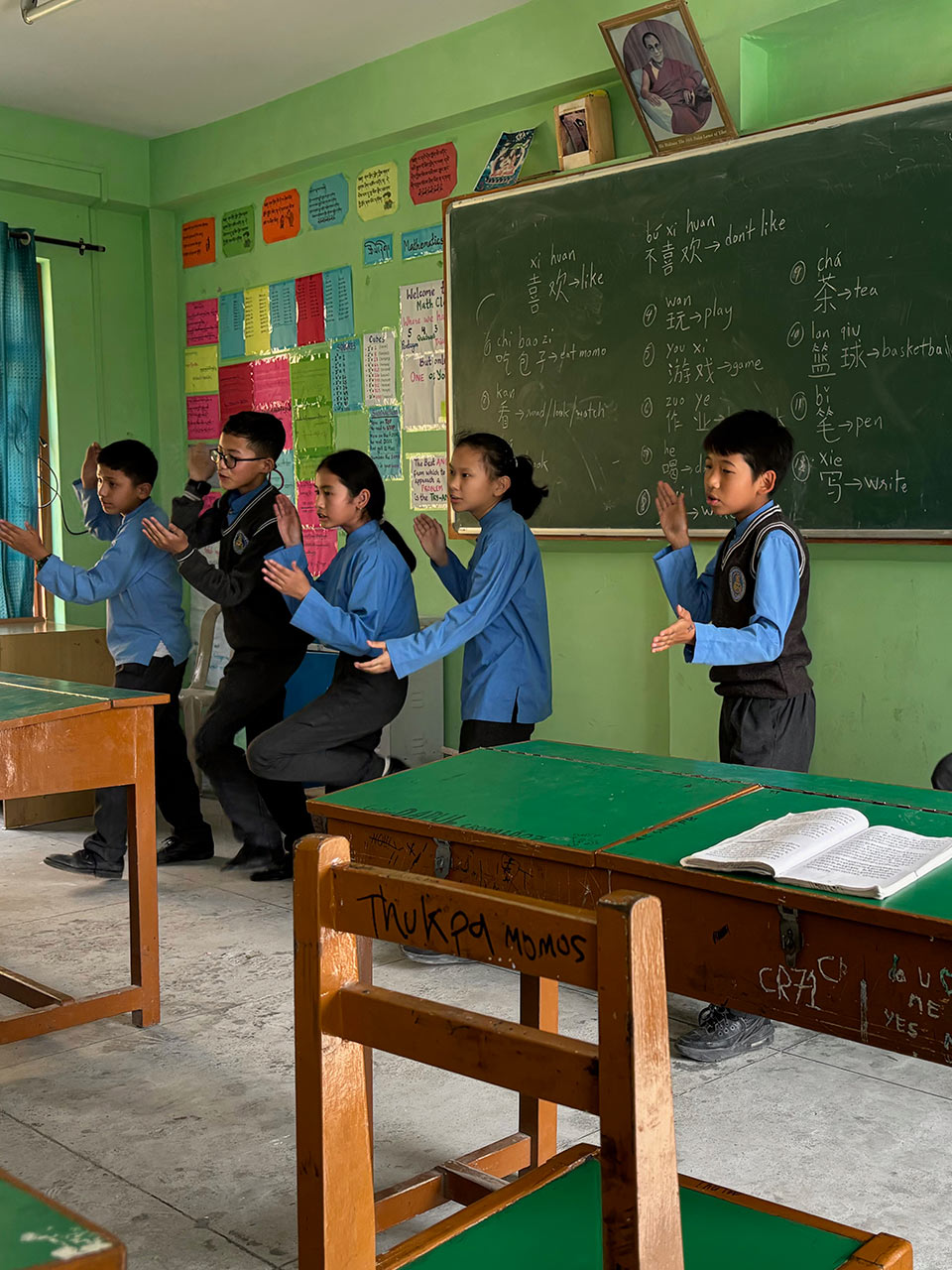The Central Tibetan Administration is quietly committed to building a robust educational future for Tibetans in exile – one that merges ancient wisdom with modern learning to ensure that Tibetan children and youth, wherever they live and grow up, are rooted in language, culture and ethics.
Through a strategic mix of traditional curriculum, teacher development, support for schools for Tibetans around the world, and ethical learning systems, efforts to form and educate not only students, but also teachers and other ‘guardians’ of Tibetan identity are being continued and strengthened.
This is how we can summarize the purpose of a new four-year collaboration between CICED and the exiled Tibetan administration in Dharamsala, India. The program has a budget of DKK 12 million, made available by Danish taxpayers through a grant from the Danish Ministry of Foreign Affairs.
The Vision: Education as Cultural Preservation
The core of the effort is to anchor Tibetan education in its cultural heritage and complement it with modern subjects.
While all previous cooperation since 2004 has focused on schools in India and Nepal, the new program also includes support for weekend schools – known as “Tibetan Language and Culture Schools”. These are schools in countries around the world where many Tibetans live. The schools act as centers for Tibetan children, teaching them Tibetan language, history and values in addition to the regular local school system.
How it works: A theory of change based on action
The project rests on a clear “if….. then” logic:
If early education is anchored in culturally relevant learning materials, trained teachers and dialectical methods in science and math;
If Tibetan language and culture are actively promoted through appropriate activities and global partnerships;
If SEE Learning (Social, Emotional and Ethical Learning) is extended through trained and competent facilitators…
If vulnerable Tibetan students receive targeted financial and academic support
Then the basic education policy in exile will be implemented effectively – improving both traditional and modern teaching quality.
Result: A generation rooted in heritage and ethics that is
– Academically/professionally strong
– Culturally confident
– Ethically conscious
– Environmentally conscious
It’s not just about literacy and numeracy or good grades. It’s about ensuring that Tibetan identity thrives – not as an antique, but as a living, evolving force shaped by Tibetan youth.
Key assumptions: The foundation for success
The plan depends on several critical conditions:
Resources: sufficient funding, staff and materials to develop and maintain culturally embedded curricula.
Competent teachers who are willing and able to adapt to new teaching methods and participate in further training.
Community participation: active support from Tibetan families and expat networks.
Global partnerships: lasting collaborations with schools and universities in India and abroad.
Inclusion: accurate identification and early support for vulnerable students.
Stability: political and social conditions that allow uninterrupted education.
According to the exiled Tibetan Ministry of Education, which has spearheaded the new program, the initiative reflects a universal truth: Education is not just the transfer of knowledge – it is the transfer and formation of identity.
In a world where cultures are in danger of succumbing and disappearing, Tibetan exile education offers a roadmap for how communities can preserve their roots while embracing the future.





